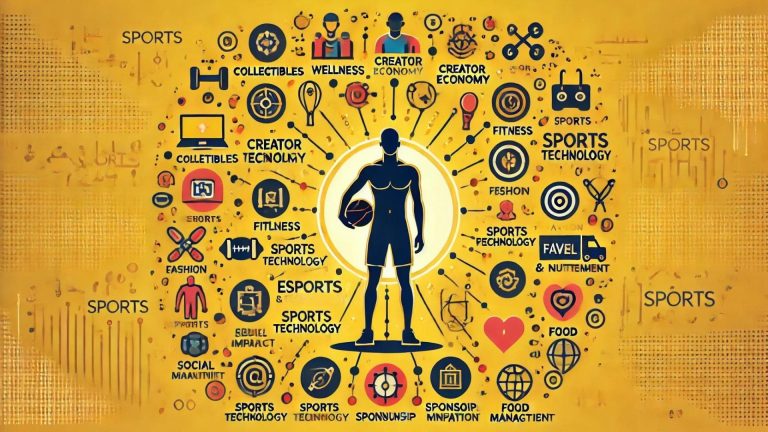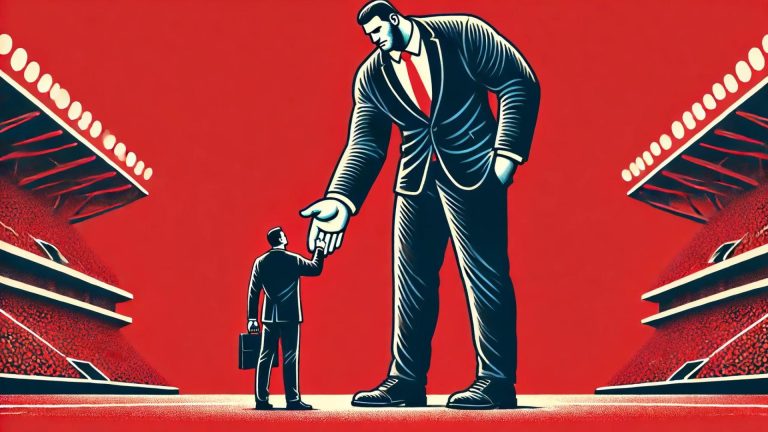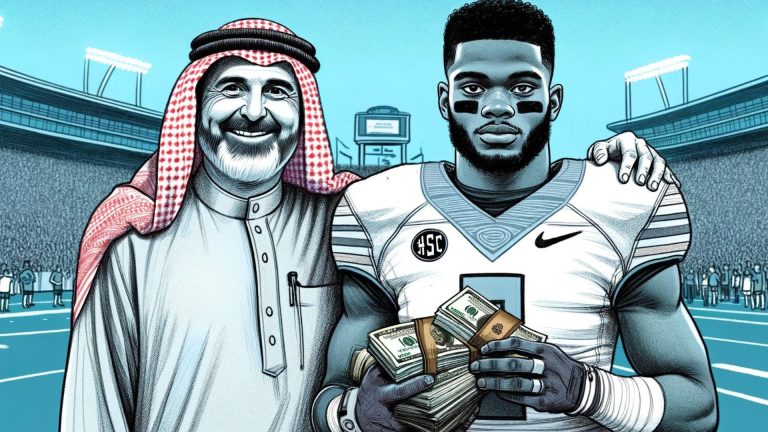In 1906, the president of Duke University wrote an essay complaining about the commercialization of college sports.
116 years later — and we’re still stuck with many of the same issues.
It’s time to face reality…
The college football system outgrew the NCAA model.
Today we’ll take a look at the massive business of college football 👇
The Power of College Football
In 2014, The University of Alabama at Birmingham (UAB) decided to get rid of its football program — thinking it would reduce expenses.
While it did just that, sometimes making more money (and not cutting expenses) is the better solution.
3 years later, UAB reinstated its football program prior to the 2017 season.
UAB recorded at least eight wins in 2017, 2018, and 2019 — a feat they had not accomplished in the program’s previous 19 seasons.
It led to immediate improvements…
- increased community support
- increased fundraising ($100M+)
- $22.5M practice facility
- brand-new, 47,000-seat capacity football stadium
- two of the highest-rated recruits in school history
Wins generated fan engagement and support — which was then leveraged into renovations and financial backing for other sports.
UAB is the perfect case study around college football and how it positively boosts universities.
Revenue Breakdown of College Football
FBS college football brings in an average of $31.9M/year per school.
That’s an enormous number, but it’s even more impressive when you realize that is more than the other 35 college sports combined.
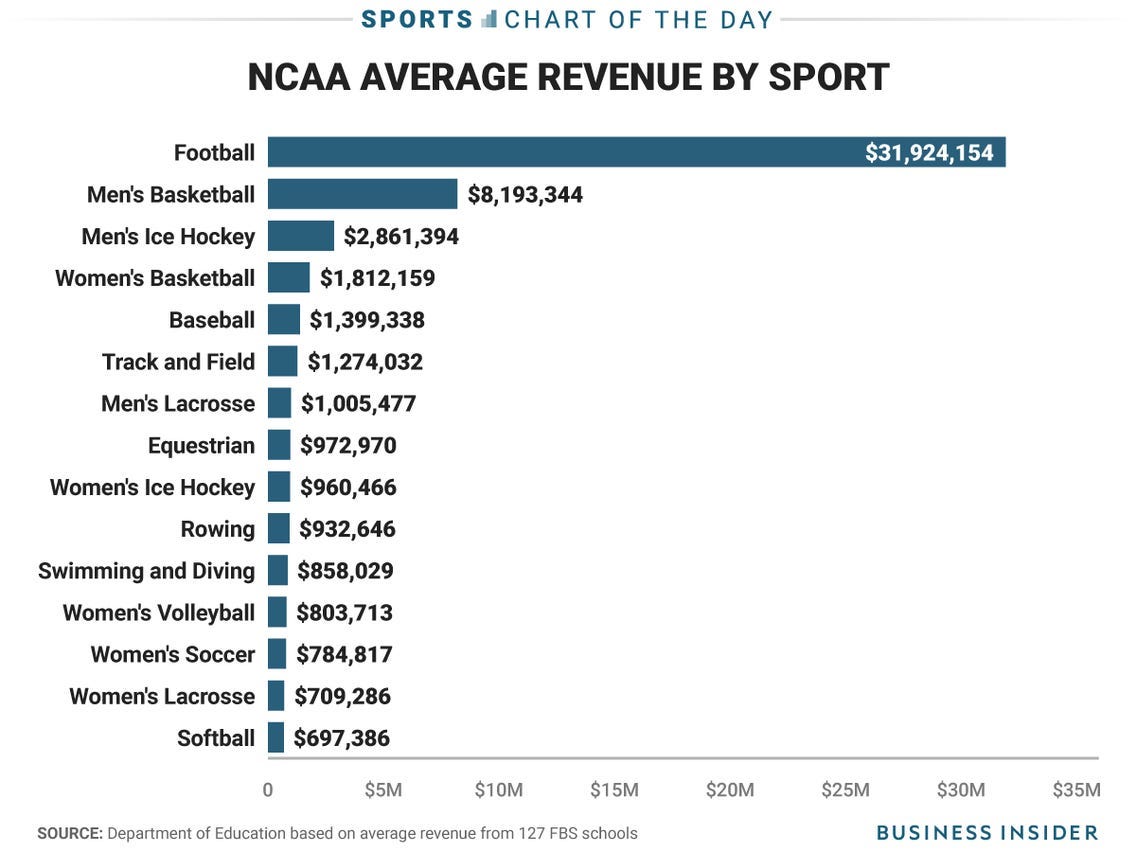
A large portion of that revenue comes from TV deals.
Including the $8B deal the Big Ten signed two weeks ago which will lead to massive payouts for its member institutions.
The top-revenue-producing schools for football are:
- Texas: $144M
- Georgia: $134M
- Michigan: $126M
- Ohio State: $116M
- Alabama: $110M
It seems like there’s money for players…right?
Paying The Players
Just last year, we saw Oklahoma head coach Lincoln Riley jump ship to USC agreeing to a massive $110M deal with incentives like a $6 million Los Angeles home, unlimited use of a private jet, and more.
Brian Kelly left Notre Dame for a $100 million-plus payday at LSU.
At $9.5 million in annual compensation, that is currently more than 26 out of the 32 NFL coaches.
So the players should be able to leave schools in search of bigger NIL deals, right?
Nope.
The NCAA recently adjusted its transfer rule — only allowing athletes to move schools within a certain timeframe.

College athletes becoming millionaires has opened eyes across the country at just how valuable some of these players are.
Preliminary data suggests the average D1 football player will earn thousands and the top 1% will earn between $500,000 to $1 million.
That’s a step in the right direction…
As coaching salaries and media deals continue to get higher and higher, I believe more people will start to question why the athletes that put their bodies on the line each week aren’t receiving a piece of the pie in return.
Scholarships and NIL are great, but come with work outside of football (academics and business dealings).
The players are yet to actually get paid for what they do…playing football.
Power 5 college football has outgrown the NCAA.
Going Forward
I wouldn’t be surprised to see four super conferences (16 teams each) across college football.
A separation from the NCAA and its rules that govern college sports isn’t unrealistic either.
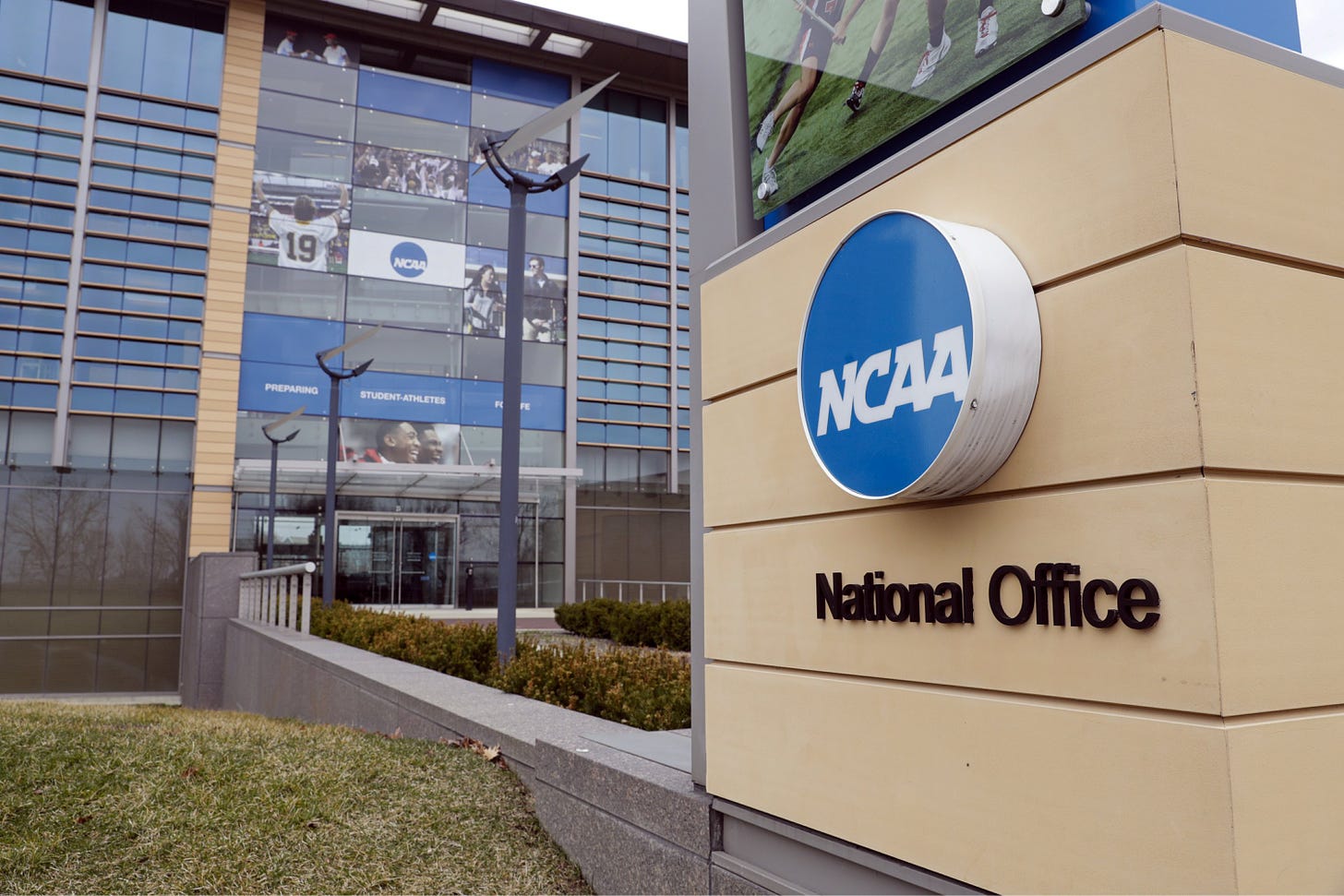
This could be interesting…
Schools setting up football as separate business — Duke Devils or Pitt Panthers instead of using the word “University”.
This would allow them to make money, pay players, and have nothing to do with the school’s mission to educate young people.
If that happens, college football (and probably men’s college basketball) will become another professional sports league complete with expanded playoffs.
Sports have always been about money.
For example, Russell Wilson of the Denver Broncos just signed a five-year contract that will pay him nearly $50 million a year.
That’s more than 500 times what the average college professor made in 2021.
High-level college sports are on a similar trajectory.

